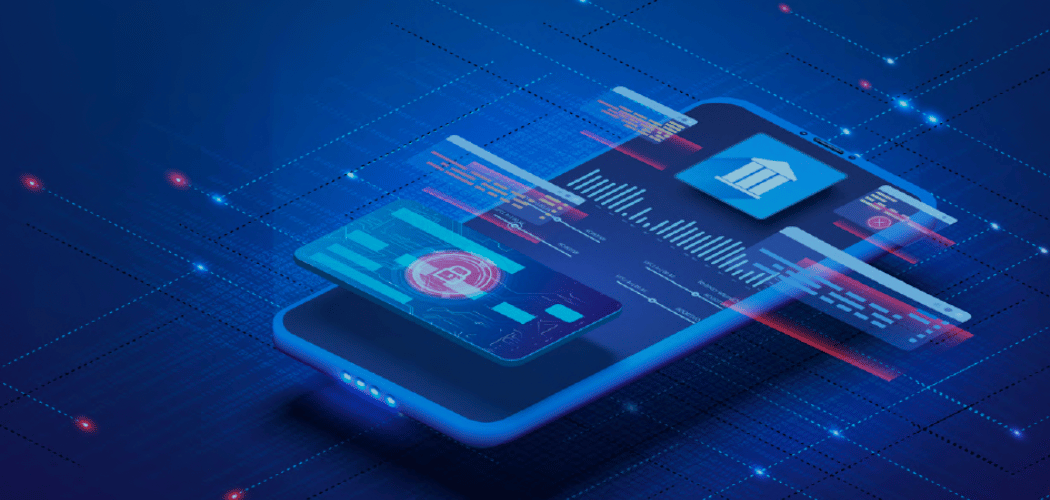4 Trends That Could Chart the Course for Credit Card Rewards
Credit card rewards programs are facing serious challenges in 2024 and beyond. Ongoing economic uncertainty is impacting the expectations consumers set for their favorite loyalty programs, with credit card rewards programs experiencing a unique set of headwinds. The cocktail of trends in the mixer could spell a nasty hangover for credit card reward programs - especially for those cardholders who carry a revolving balance.
Trend #1 – Consumers are seeking practical value from Loyalty Programs
Research has shown that without a significant change in the world economic environment, consumers will continue to be value oriented and price sensitive.
A 2023 IAG/Avios (UK) study found that 92% of consumers are turning to loyalty programs for everyday spending to make their money stretch farther. More than 50% surveyed said they’re actively looking for new ways to collect points and maximize their return when they spend money.
Consumers are also proving to be more fickle. Since the pandemic, about 75% of US consumers were reported to have tried new shopping behaviors in response to economic pressures. This took the form of 40% trying a new shopping method and 36% testing out a new brand.
These findings apply to both the US, Latin America, and Europe, where the rising cost of living is shrinking consumer purchasing power. Consumers are clearly looking for value, and the value delivered by card rewards programs will be tested severely in the coming year.
Trend #2 – Consumers are stacking up expensive credit card debt
Consumers have been spending (maybe overspending) since Covid relented. Credit card debt has risen steadily, going from $1,081 Billion in 2021 to $1,151 B in 2022 (6.5% increase) and $1,231.8 B in 2023 (6.9% increase). Credit card delinquency rates rose above 2% in Q3 2022, still low compared to history, but a notable increase since Covid. Credit card charge-offs have risen gradually throughout 2022.
The six largest issuers of credit cards in the U.S. paid $67.9 billion for reward redemption and partner payments in 2022, continuing a dramatic growth trend over the past five years. The 2022 numbers represent a 23.7% increase ($13.0 billion) from 2021 and a 55.0% increase ($24.1 billion) from 2018.
The value equation for rewards cardholders will be tested by high balances and interest rates. Bankrate has been tracking credit card rates since 1985 and said in this article that as of year-end 2023, rates have never been higher. As of December 27, 2023, the average credit card rate was 20.74 %, up 4.44% since the beginning of 2022.
A US study showed that consumers with revolving balances were charged more in interest and fees than they earned in rewards during 2022. Consumers who identify this nasty math may churn out to other forms of payment products and seek out price and discount offers in preference over card rewards.
Trend #3 – Cash back could become more attractive than points programs
Responding to the consumer cry for value and help with monthly budgets, large scale loyalty programs and credit card issuers have created more opportunities for cardholders to earn value through “daily spend” categories. For example, Avios (40 million members) has added American Express, Uber, Nectar, and Barclays to encourage everyday spending.
The Wise Marketer recently published research completed in conjunction with Engage People that showed a sharp rise in interests in being able to “Pay with Points” at the point of sale or at an ecommerce site. The findings make sense considering the yearning of consumers for value, convenience, and choice with their loyalty program currency.
In that research, 84% of respondents indicate they are highly or somewhat likely to use PwP in the future and that they are most likely to do so in daily spending categories grocery, online stores, and convenience stores. Important to card issuers, the study showed that approximately 76% of respondents are willing to consider switching their credit cards to maximize PwP benefits.
Trend #4 – The value of cash discounts could outshine credit card rewards
Discounts for settling the tab at restaurants, coffee shops and other retailers with cash are now on the menu as merchants search for ways to manage and reduce rising credit-card transaction fees. Since credit card surcharges are either not legal or are simply unpalatable to consumers, merchants are offering discounts between 2-3.5%, when customers settle their bill with cash, sending the message that “if you choose to pay by card, the discount will be removed.”
Between 2020 – 2022, the earning rate for each dollar spent on a general purpose rewards card grew from 1.4 cents to 1.6 cents per dollar. Earning rates are about the same across credit score tiers except for consumers with scores above 800. Over this same period, the average base rate of cash back programs have increased, while the same for Mileage and Points programs has decreased.
Savvy consumers can easily do this “loyalty math” and may find higher perceived value in cash discounts, further eroding the perceived value of using rewards cards or the entire category of loyalty programs in the restaurant sector.
To summarize:
- For the near term (3-5 years) consumers will continue to be value-oriented and price-sensitive
- As a result, consumers will increasingly view loyalty programs as a means to manage budgets and make their money stretch farther.
- Rising consumer credit card debt creates a reality where consumers cannot ignore the fact that interest charges and fees charged by banks surpass the value of rewards earned.
- Discounts offered by restaurants and other retailers for paying with cash threaten the competitiveness of the typical credit card rewards value proposition.
- The popularity of cash back programs over mileage and points programs tied to credit cards will continue to increase as consumers seek to manage their way out of debt and treat loyalty programs as practical tools to reduce debt.
The risk to credit card rewards admittedly impacts those consumers who carry revolving balances more than other cardholder groups. According to Bankrate, 49% of credit card holders are carrying a balance from month to month, up from 39% in 2021. Card issuers cannot afford to ignore the possible disenfranchisement of nearly half their portfolio.
As a stop-gap measure, card issuers could consider moderating annual fees and sky-high interest rates, but we know that is not likely to happen. Instead, issuers should consider adding partners in “daily spend” categories and adopting card linking features to create more immediate value for cardholders. They also need to improve the experience of loyalty program members by adding Fintech enabled personalized options, interactions, and rewards to keep cardholders engaged with their products.
The threats to credit card rewards are made more acute as legislators are pressing for merchant processing reform through the Credit Card Compensation Act 2023. Taken together, it’s time for card loyalty professionals to reassess their models and make changes to ensure their competitiveness into the future.




